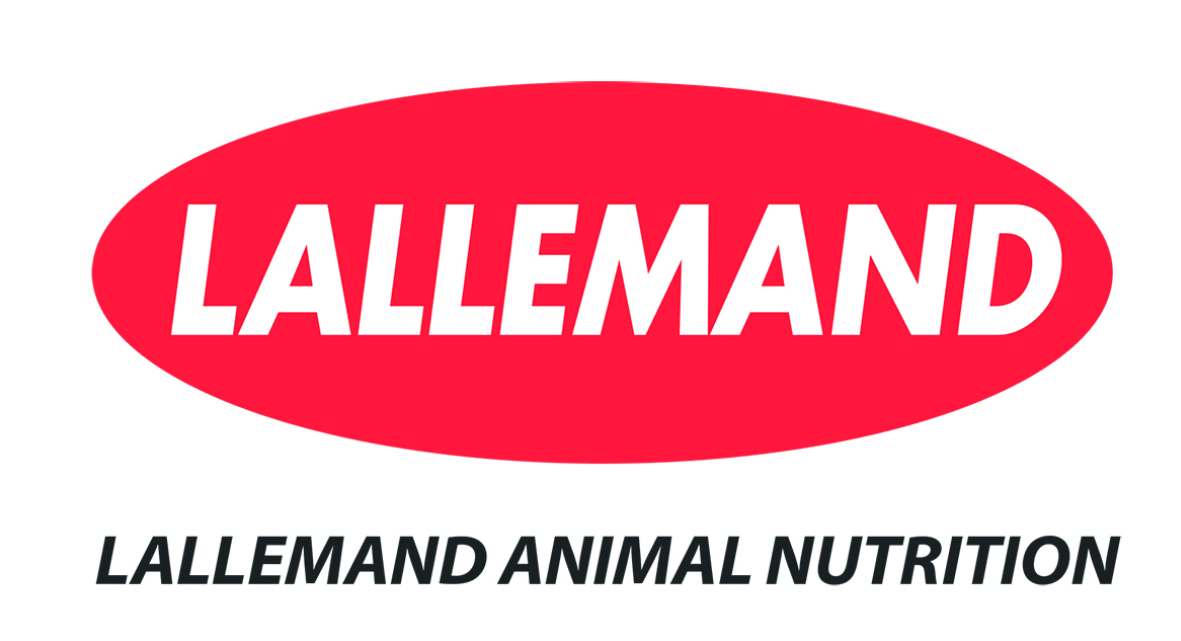



Achieve full feed potential from wholecrop silage
Yields of wholecrop silage across Northern Europe are expected to dip by up to 20% this year.The need to preserve feed value and prevent further losses post-harvesting is greater than ever after months of exceptional rainfall has put crops under pressure. Yields of wholecrop silage across Northern Europe are expected to dip by up to 20% this year.
In New Zealand, wholecrop silage is an important ingredient in dairy and beef rations, while UK farmers are increasingly recognising the advantages of growing cereals for wholecropping, to provide a mix of starch and fibre in diets.
Wholecrop, which incorporates the stem and grain and is fermented as silage, offers an alternative or additional feed to grass or maize silage, particularly in situations where it may be difficult to achieve ideal spring-sowing conditions, says Catherine Sharpin of Lallemand Animal Nutrition/Nutritech.
Ms Sharpin, who advises farmers in New Zealand on how to get the best from their wholecrop, says incorporating cereals like wheat, barley, oats, triticale and ryecorn into rotations has dual benefits, as an important ingredient in rations, and an additional opportunity for weed control in some rotations.
In the UK, cereals for wholecropping are often harvested when they are not fully ripened, at the ‘cheesy dough’ stage, when the starch has the consistency of a soft cheese. Ms Sharpin says this will provide feed with a higher targeted starch level than if taken at the earlier ‘greenchop’ stage. With poor weather conditions diminishing yields this year, she suggests that it is more important than ever for farmers to take every available step to protect what they do take at harvest, to deliver full feed potential.
As a high dry matter forage, aerobic deterioration is one of the principal concerns. Using an effective additive is essential, Ms Sharpin advises, to avoid severe, rapid deterioration when clamps and bales are opened. “Any silage that has grain content is more prone to heating, but using an inoculant will help with aerobic stability on opening and will keep the silage cooler for longer.’’ This will protect appetite and maximise intake.
Farmers also see the benefits of using an additive in systems where wholecrop silage is fed out in advance. “We have some farmers who might need to provide cattle with sufficient wholecrop for two or three days at a time, so using an inoculant in this situation will prevent the silage from heating,’’ says Ms Sharpin. It is not only important to use an inoculant but to use the correct one, she adds. “Always use an inoculant that is designed for the job, match the product to the specific challenges you have with your crop.’’
Grazier Adam Hardie, of Darrochs Grazing, places great emphasis on producing high quality wholecrop silage. Since using Magniva Platinum, he has seen improved aerobic stability and a significant reduction in DM losses, with less waste and better feed efficiency.
He now regards the additive as an important part of his farming practice, helping achieve quality results every year. “It has improved our wholecrop silage and that means higher nutritional value and improved palatability for our livestock.’’




